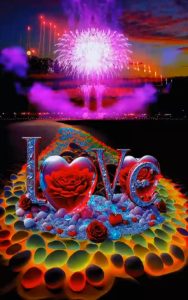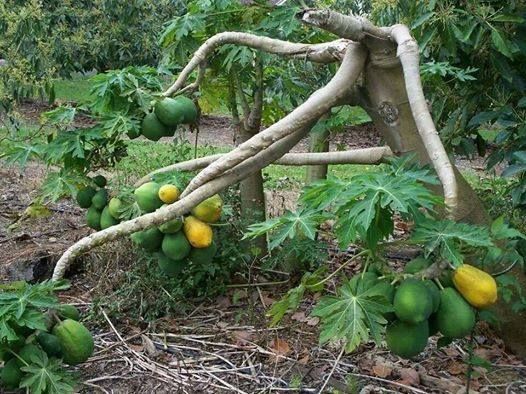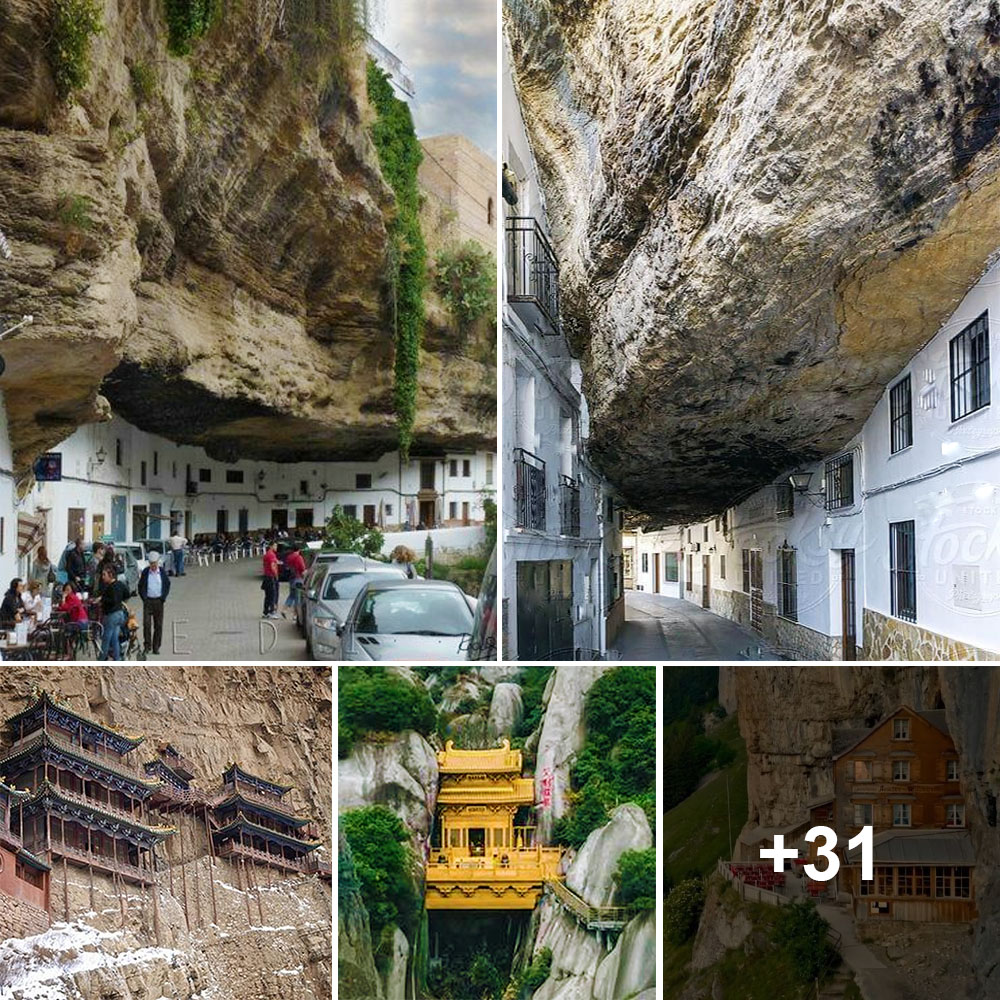The palace looked like a mirage of itself. Water from the canal shimmered under the sun, directing my gaze towards it. The opulent building commanded the landscape, and the landscape seemed made for it. I hopped on my bike. Beams of light strobed through narrow cracks between the trees and my tyres crushed the gravel. As I cycled along a hidden path, crimson tree leaves canopied overhead and open fields sprawled into the distance. There was no one in sight. But just a short distance away inside The Palace of Versailles’ opulent ballrooms, thousands of people swarmed.
I was at the Park of Versailles, the 800-hectare playground for the kings, queens and political leaders who made up France’s pre-Revolutionary ruling class. Versailles was the centre of power and the material embodiment of absolute monarchy that reigned over France until the Revolution from 1788-1799. The palace bore witness to strategic marriages and state visits. But the whole estate was really constructed for another reason: leisure, with the sweeping park and smaller manicured gardens used for pleasure – and debauchery.
In the centuries since it was built, Versailles has become one of the most famous and visited palaces in the world – a site that sees 27,000 visitors and their selfie sticks crammed into its Hall of Mirrors every day. But outside the palace there’s another story, a sprawling one that extends for kilometres and is nearly impossible to cover by foot in a day. That’s where the bike paths come in, lining the way to fresh air, solitude and a side to Louis XIV’s grand vision that few visitors grasp.
“When you go to the gardens, you’re cycling… and you get to know more of the story of Louis XIV, XV and XVI,” Mara Alfaro Prias, a Paris-based tour guide, told me over the phone. “It’s not just what was behind the paintings or the chandeliers.”
It all started in 1623 when Louis XIII built a hunting lodge in the rolling countryside around the small town of Versailles, about 20km south-west of central Paris. But his son, Louis XIV, had bigger plans for the grounds.
“Louis XIV was a bit of an architect,” explained Mathieu da Vinha, the scientific director of the Research Centre of the Palace of Versailles. “In Paris he couldn’t really enlarge the palaces because the urban tissue was too dense… in Versailles, it was the contrary.”
But the king didn’t just want more space.
“Louis XIV needed what we would call today a ‘bachelor pad’ – that is to say, a small house of pleasures… for fun parties with some friends,” said Michel Vergé-Franceschi, co-author of the book Une Histoire Érotique de Versailles. “So, he’ll create Versailles, partially for his pleasure, for his sexuality, with amazing gardens.”
Near the top of the park’s Grand Canal, tucked away between cafes and restaurants, there’s a stand where visitors can hire bikes. In recent years, I’ve made biking in Versailles my primary fresh-air escape from my home in Paris (a friend used to bike all the way from Paris to Versailles and inspired me), but I had never ventured much beyond the canal. So this autumn, I strolled through the gardens on my way down to the bike stand, walking past the Latona Fountain, kicking up orange-hued leaves fallen from sculpted trees. I wanted to discover more about the gardens overflowing with flowers and romantic groves.
This was the vision of André Le Nôtre, the gardener to the king.
“It’s a garden where nothing is left to chance,” Hélène Dalifard, the palace’s communications director, told me. “The gaze is always guided toward a particular effect… the idea is really to imagine the garden as a museum in which the visitor thinks they’re taking a random stroll, while in reality they’re completely guided by the effects of perspective.”
The dimensions of Versailles and its park were carefully calculated to mirror the Louvre; the Etoile Royale (the vantage point at the far end of the canal) and the Fountain of Apollo are the exact same distance apart as the Place de l’Êtoile and the Place de la Concorde in Paris. And the distance between the Fountain of Apollo and the Versailles Palace is the same as the distance from Place de la Concorde to the Louvre.
There are optical illusions, hidden groves and subtle messages alluding to the sun throughout the park. When he became king, Louis XIV chose the sun as his personal symbol, and became known as the Sun King. To reinforce that connection, the image of Apollo, the Greek god of the sun, appears in fountains, groves and statues throughout the park. Symbolically, Versailles would revolve around him, and the gardens were his stage.
“Versailles was the king’s theatre,” Vergé-Franceschi, said, adding that Louis XIV even wrote a book about the correct way to visit the gardens. The route, starting from the top steps of the garden, reads almost as a how-to manual, with precise directions on where to walk, pause and what to admire along the way.
The bike paths are framed by trees stretching overhead. Dirt trails unlocked a whole other network of grassy expansions as the path gave way to Apollo’s Fountain. As I cycled, it felt like being in the middle of nowhere, despite the palace being one of the most visited places on Earth.
In 1661, when Louis XIV was married to Maria Theresa of Austria, he met Louise de La Vallière, the woman that would become his first official mistress.
“She would go horseback riding in the park… she could stand on a horse by holding the reins of the animal with silk cords, and she could kill a wild boar in the forest of Versailles with stakes,” Vergé-Franceschi said.
They met in private, in Louis XIII’s hunting lodge in the park. The Party of the Delights of the Enchanted Island, a legendary blowout that stretched on for multiple days in the park and gardens, was officially to honour Louis XIV’s mother and wife. Unofficially, it was dedicated to Louise de la Vallière. There were carousels, fireworks and performances by renowned French playwright Molière.
“Since the chateau was too small before Louis XIV enlarged it, the parties mostly took place in the gardens,” da Vinha said.
The park has an air of excess and exclusivity, but surprisingly, the grounds were traditionally never closed to the public. The entire complex remained open, from the king’s bedroom (as long as he wasn’t there) to the gardens and the park. Today, Versailles still always remains open to the public, and access to the gardens and park is free, except during select days.
“The tradition of the French monarchy is that the king should be accessible by his subjects, so one could enter into the chateau pretty freely under the condition of being well-dressed,” da Vinha explained.
The lack of privacy could have been a contributing factor to the expansion of the grounds. In Versailles, one palace just wasn’t enough.
Louis XIV wanted an escape from his escape, and commissioned the Grand Trianon on the northern end of the Grand Canal in 1670. This was where he spent time with Madame de Montespan, the mistress who followed Louise de La Vallière.
It’s a 30-minute walk from the palace to the site, but a bike path cuts directly to it in a five-minute ride from the rental stand. The gravel route travels between the Grand Trianon and the canal, wrapping around the water. The structure sits on an elevated piece of land, its salmon-pink marble walls bending into archways open to the landscape. It’s breezy and pretty, like a little jewel box born out of nowhere. When I went towards the end of the day, there were few others roaming through its rooms.
A short pedal away from the Grand Trianon lies the Petit Trianon, a palace Louis XV commissioned for the Comptesse du Barry in 1758, his mistress at the time (it was supposed to be for Madame de Pompadour, but she died before its completion). It would eventually be offered to Marie-Antoinette as a gift from Louis XVI in 1774. She spent most of her time there. The isolation of the monarchy at Versailles played a role in the Revolution; they continued to live in opulence while the French population was starving, and hundreds of citizens ultimately stormed the grounds in 1789.
“Versailles contributed to [Louis XVI and Marie-Antoinette] being disconnected from reality,” Vergé-Franceschi said.
A few years after the Revolution, the palace and its gardens were absorbed by the Republic, to be conserved for the public.
I dropped off my bike, and left the park at sunset. There were no lanterns illuminating the roads and pathways, just stretches of darkness, the palace lights barely visible in the distance. When the sun goes down, the complex closes its gates, leaving the Sun King’s maze of fountains, groves and bike paths in solitude – until tomorrow.












